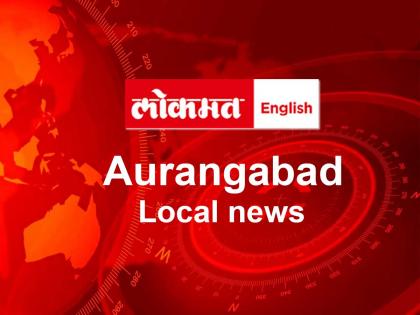National Bone and Joint week, Saving precious lives lost in accidents…
By Lokmat English Desk | Published: August 4, 2021 08:00 PM2021-08-04T20:00:02+5:302021-08-04T20:00:02+5:30
Dr Mangala Borkar Our ability to move as well as most other activities depends on our bones and joints. ...

National Bone and Joint week, Saving precious lives lost in accidents…
Dr Mangala Borkar
Our ability to move as well as most other activities depends on our bones and joints. Two of our eminent guests Dr Santosh Ranjalkar and Dr Prakash Sigedar give their views on how to save lives in road accidents. Dr Shivkumar Santpure tells us how to prolong the life of a knee or hip transplant.
Urgent, safe transport can save lives
Dr Santosh Ranjalkar
Consultant Orthopedics Surgeon.
President, IMA, Aurangabad.
National Bone and Joint day health campaign was first inaugurated on August 4, 2012 by the Indian Orthopedic Association (that has now more than 10,000 members) to promote the importance of healthy bones and joints.
The entire week from August 1 to 7 is observed as the Bone and Joint week. Our focus this year is on saving accident victims in the golden hour after an accident. Quick intervention can save many victims. It is important that speedy and proper transport of the accident victims to a trauma care hospital is carried out. Awareness about the urgency, first aid, support and care of the victim while transporting is needed among ambulance drivers as well as drivers of all transport vehicles that may be used to shift patients. IMA Aurangabad is willing to train these key persons the basic skills required for transporting victims as fast and as safely as possible to the nearest hospital. Ethical issues, like choosing a hospital that is closest and better equipped, should be the only consideration, need to be imbibed in these persons too. RTOs and police can be of great help in this exercise.
Post operative care after knee and hip replacement.
Dr Shivkumar Santpure
Joint replacement surgeon.
Total knee replacement (TKR) is usually offered after the age of 60 in patients suffering from end-stage degenerative and inflammatory arthritis. Goals of TKR are pain relief, correction of deformity, and improving movement.
This is a palliative surgery using artificial material. In spite of our best efforts and technology we cannot replicate the natural knee joint.
We advise patients not to sit cross legged and avoid deep squatting. Deep bending may loosen the femoral component and put abnormal stress on the tibial component of the artificial joint. Patients are advised to use western toilets. Few elderly patients need to continue using walking stick or a walker to avoid falling.
Total hip replacement -
With recent advances in implant design and materials we are able to offer hip replacement to patients as young as 18 years. Patients almost lead an active normal life with very little physical restrictions. Most of the patients are able to do manual physical work. We advise THR patients to avoid high thrust activities such as jumping.
Common precautions after hip and knee joint replacement:
Strict Blood Sugar control
Prophylactic antibiotics need to be taken while undergoing invasive procedures such as tooth extraction.
Bone density needs to be normal to ensure longevity of the artificial joint.
Deep Vein Thrombosis prophylaxis given for 2 to 6 weeks.
Dr Prakash Sigedar
Speed kills but speedy first aid saves lives!
More than four and half lakh persons met with road accidents in 2019 and more than one-fourth of these died. Nearly 85 percent of the deaths occurred in the productive age group of 18 to 60 years Many of these could have been saved if they had received urgent treatment. Hence, the theme of this year's Bone and Joint week is "Save self, save one."
India tops the number of victims of road traffic accidents amongst 199 countries - a terrible distinction to have on our name.
Awareness and training of high school children, drivers and society in general, about trying to stop bleeding, giving CPR, shifting safely and rapidly to hospital is needed.
The importance of sunlight and exercise to keep bones in good health is also being stressed.
Open in app